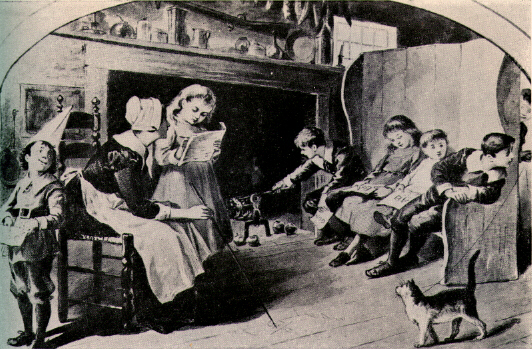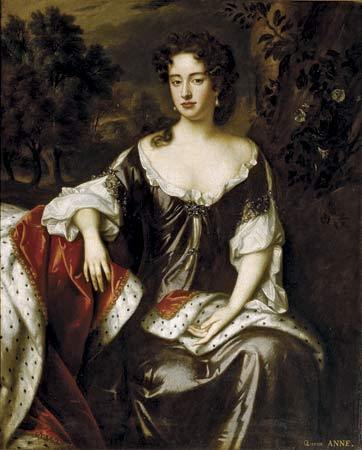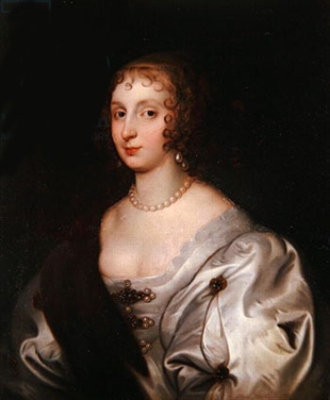Posts
Quantity: This post will round up my blog to 40 total posts. My hub post shows that I have devoted many of these to developing my main focus, women's influence on Shakespeare.
Content: I believe I have a good variety of posts. I often am casual in my posting like when I ask for ideas, but I also have more formal posts dedicated to my research. I usually try to include some kind of image or other media to appeal to my readers, generally contributing to the theme of my blog, along with pictures from my own life, video clips, and trailers. I analyzed the primary text in my examination of Shakespeare's female characters, as well as media analysis when I posted about Fanfiction and Twitter.
Format: I gave my posts relevant titles, particularly when they pertained specifically to my research topic. I tried to use jump break when my posts were particularly long, but I found it somewhat easier to simply scroll down than open a new page, so I generally just tried to keep my posts to a manageable length. Also, I tagged my posts with each learning outcome (Analyze Shakespeare Critically, Engage Shakespeare Creatively, Gain Shakespeare Literacy, and Share Shakespeare Meaningfully), which I think was more appealing to the reader than perhaps writing LO#3.a. I did this at the beginning of the semester, but after even I couldn't remember which one was which, I switched to this simpler method of tagging.
Research
Thematic Focus: I think my hub post does a good job in stating my focus, along with supporting posts.
Thesis and Cohesion: My hub post clearly states my thesis: "Shakespeare, because of his female audience, patrons, and familial relationships, was influenced financially and personally to write spirited female characters." This post also links to over ten other posts that support this thesis.
Sources: My blog has a source page, where all of the links are clearly cited and linked to which posts I used them for. Since most of my sources were scholarly and only available through the BYU library, I made sure to include a works cited section for every post where I quoted any source.
Personal and Social
Author Identity: My blog includes both a picture and an About Me section. I feel I really show a personal connection to my blog, especially where I share photos from my own life, as well as my creative writing. I also think the overall design reflects my personality (books = English major?)
Documentation of Process: I think it's pretty clear where my blog started and where it ended up. Just comparing my first attempt at a hub post and my later more successful one shows my process of learning.
Interactions: Like I mentioned before, I took part in AskShakespeare on Twitter as well as putting my creative work on Fanfiction. I also try to respond to the comments on my posts either directly or in following posts.
I think the design of my blog really shows my personality, as well as not being too loud or colorful to distract from my research focus. The widgets that I have are helpful in navigating my blog, as well as giving the reader a good idea of what my blog is all about.

















